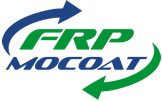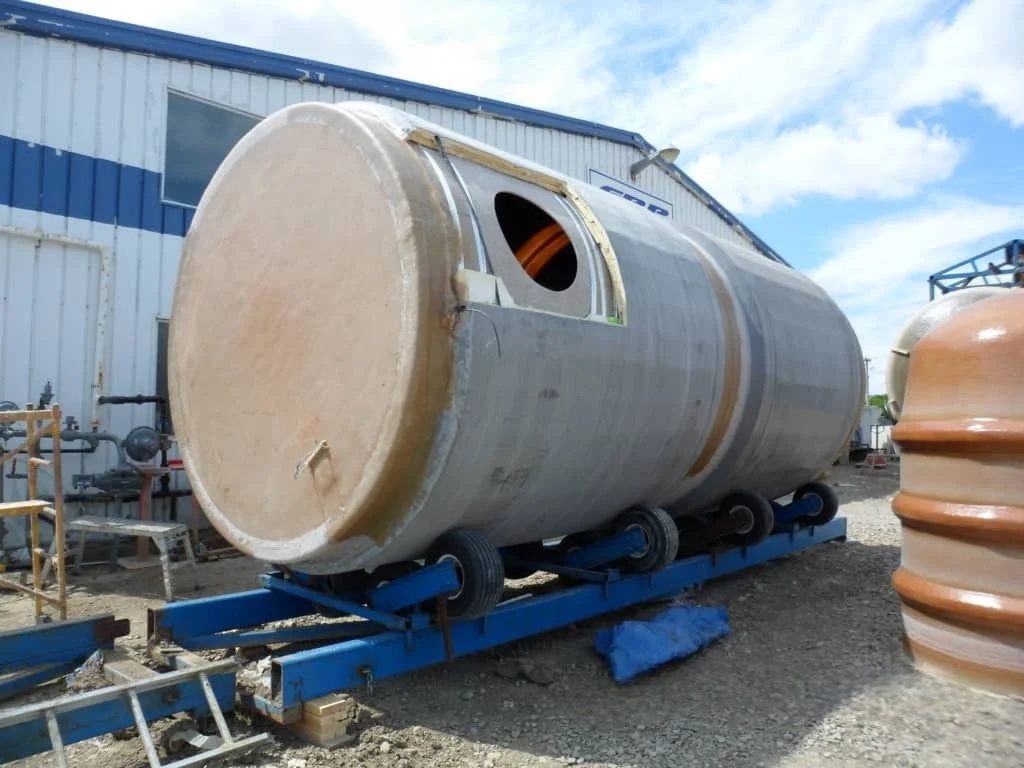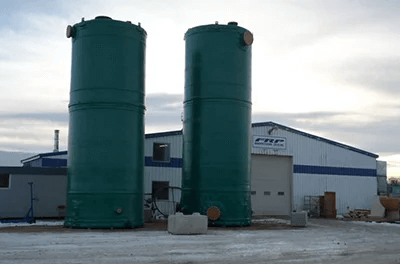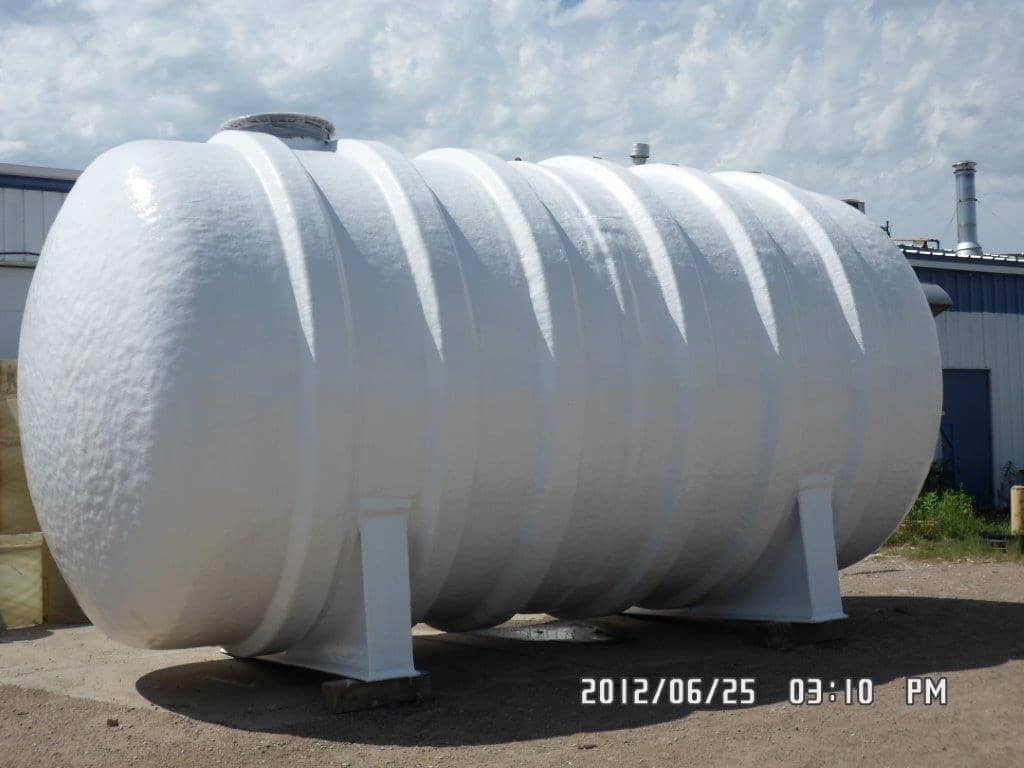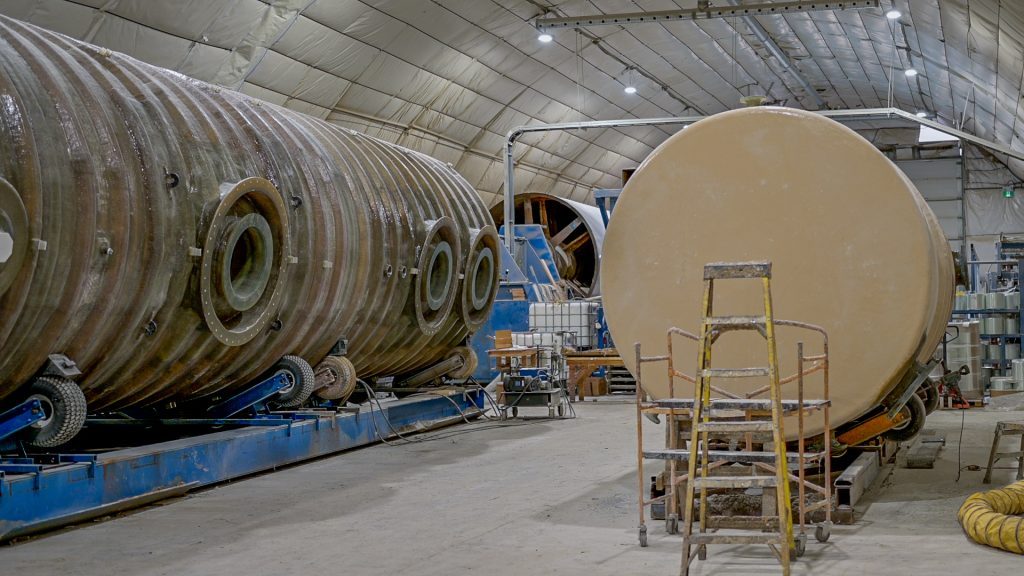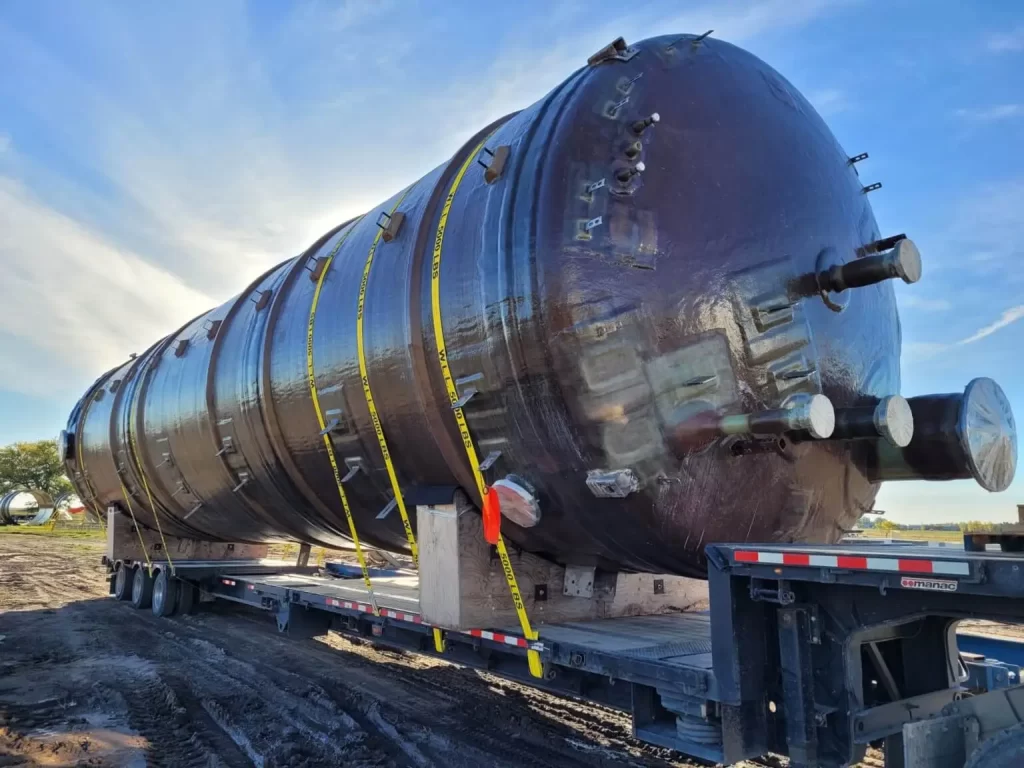Agricultural, government, private and commercial facilities that work with materials like pesticides, oil, gas, brine, wood pulp, paper pulp, fertilizer, or heavy-duty chemicals rely on sturdy tanks to store these materials safely and efficiently. If you work in any of these industries, you’ve likely worked with a Fiberglass Reinforced Plastic tank, or an FRP tank. These durable tanks have become a staple in many trades because of their long lifespan, low maintenance and resistance to pretty much any caustic substance you can throw at it. FRP can be designed to be non-conductive for those sites that require electricity resistant equipment and the strength to weight ratio makes them an easy sell. The ease of installation and the near lack of maintenance required is another upside to working with FRP. So once you install your reliable FRP tank, how can you keep the tank contents secure and accessible?
The simple answer is regular inspections and a thorough understanding of the requirements of the materials you intend to store. Having certified inspections done by experts regularly on all tanks on your worksite is a must to ensure that what you’re storing stays where it’s supposed to. But before you can have them inspected, you need to have the proper tank for your particular job. In order to do that, you need to understand a few FRP construction options.
Fiberglass reinforced plastic tanks are constructed from glass fibers which give the tanks their flexible strength. Typically, C and E type glass is used to create these glass fibers, but this is all dependent on what the function of the tank is intended to be. C type glass is highly resilient to corrosive materials and is frequently used in acidic industries, where type E glass is non-conductive and the most commonly used glass fibers for FRP products. When a manufacturer combines the two types, creating ECR glass, the result is a durable, corrosive and electrical resistant product that is both strong and lightweight.
These glass fibers used in the construction of FRP tanks can be put through a process called glass roving, which combines the ultra-thin fibers into various products, such as a continuous strand of fiber threaded through a chopping gun for a spray function. A woven fiber, cloth type material can be made in a range of thicknesses and weights and is sold in ounces per square yard, where a chopped glass strand mat is measured in ounces per square foot and is made of ECR or E glass strands adhered together with a combination of thin layers and binding resin. These are just some of the ways glass roving can be used in the making of FRP tanks and of course there’s the resin. Resin is the glue that binds the whole piece together and which type you use relies entirely on the intended objective of the tank. For example, epoxy novolac vinyl ester is best for storing highly acidic materials, but bromated polyester and vinyl ester resins are flame resistant and perform well in high or low-temperature situations.
Know everything you can about your tank so that nothing will come as a surprise to you! The best way to do this is to work with an educated and expert manufacturer to properly construct and install your tank and keep on top of regular inspections. Keep your tank in good shape and functioning appropriately by recognizing the requirements of the tank, working with your FRP manufacturer to create the unit that works for your needs including accessories or customization and schedule regular inspections. This will keep the contents of your tanks secure and accessible!
